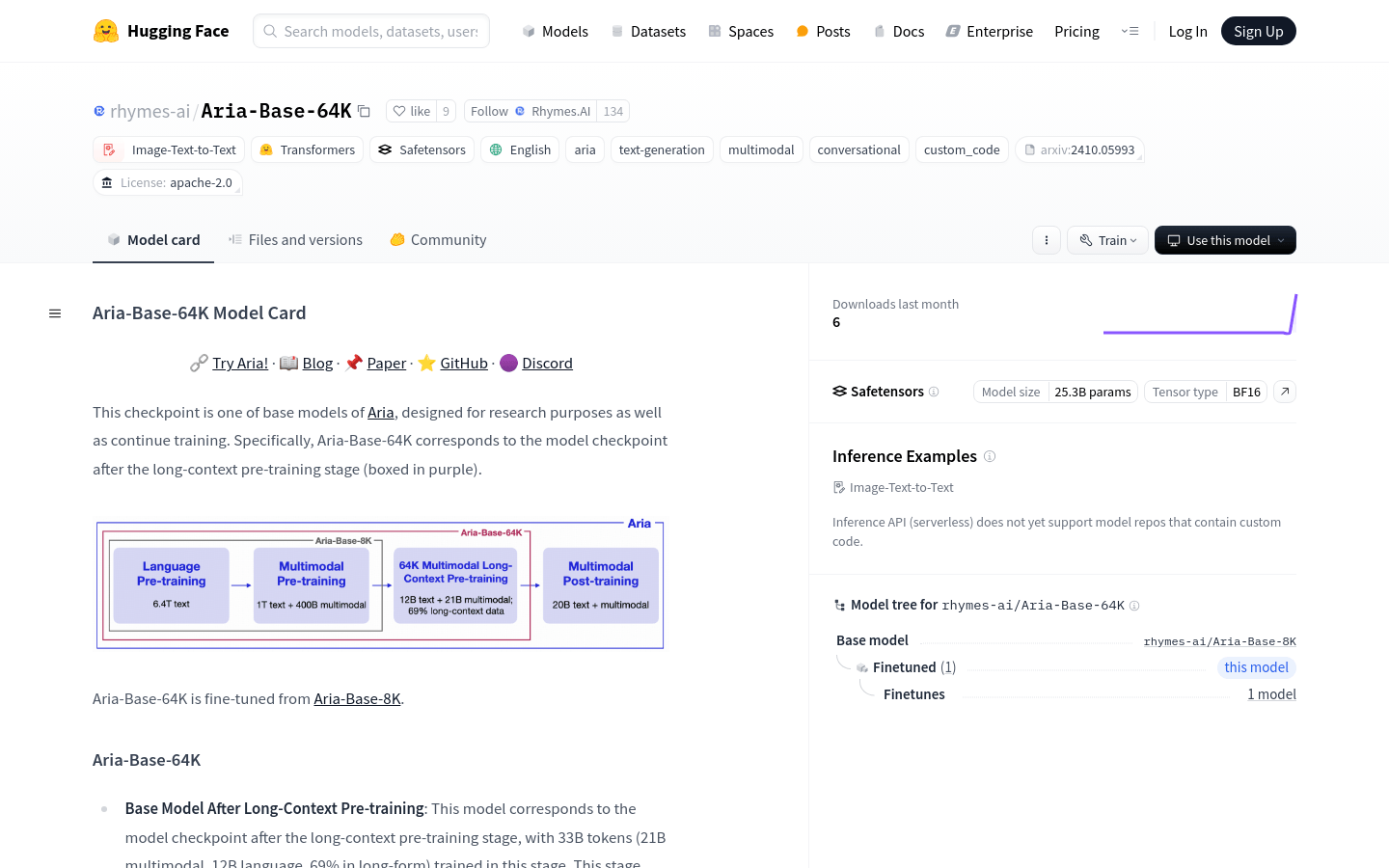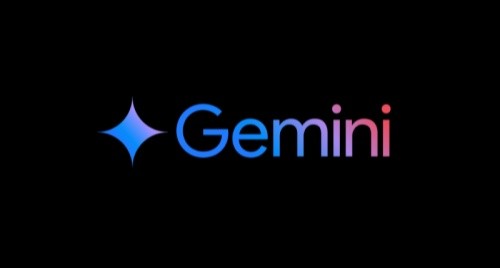
What is stackblitz?
Stackblitz is a web-based IDE TAILORORORD for The Javascript Ecosystem. It uses webContainers, Powered by Webassembly, to create instant node.js Environments DI Rectly in your browser. This projects exceptional speed and security.
---
Product introduction
Aria-Base-64K is one of the basic models of the ARIA series, which aims to study and further train.
Pre -training: After 33B Token training, including 21B multimodal data, 12B language data, 69% of which are long text.
Application scenario: It is suitable for the continued pre -training or fine -tuning of long video quiz data sets or long document quiz data sets.
Advantages: Even in the case of limited resources, you can use short instructions to tune data sets for post -training and transfer to long -text question and answer scenes.
Multi -mode understanding: Can understand up to 250 high -resolution images or 500 medium resolution images.
Basic performance: It performs well in language and multi-mode scenarios, which is the same as Aria-Base-8K.
Training features: Only about 3% of the data is trained in the chat template format.
Target user base
Researchers and developers, especially those who handle long text and multi -mode data sets.
Example
Develop a video Q & A system to enhance the ability to understand video content.
Apply to long document quiz, improve the efficiency of document search and understanding.
Develop new multi -mode applications, such as combined reasoning of images and text.
Product
Long text pre -training
Multi -mode understanding
Powerful basic performance
Low -proportion chat template training
Quickly start support
Advanced reasoning and fine -tune
Tutorial
1. Install the necessary library: Use PIP to install Transformers, Accelerate and SentencePiece.
2. Load the model: Use Automodelformallm.from_Pretraied to load the Aria-Base-64K model.
3. Process input: Use autopropesor.from_pretraine to process input text and images.
4. Reasoning: The processed input is passed to the model to perform the generation operation.
5. Decoding output: Use the token output of the processor decoding model to get the final result.
6. Advanced use: access the code library on GitHub to carry out more advanced reasoning and fine -tuning.







